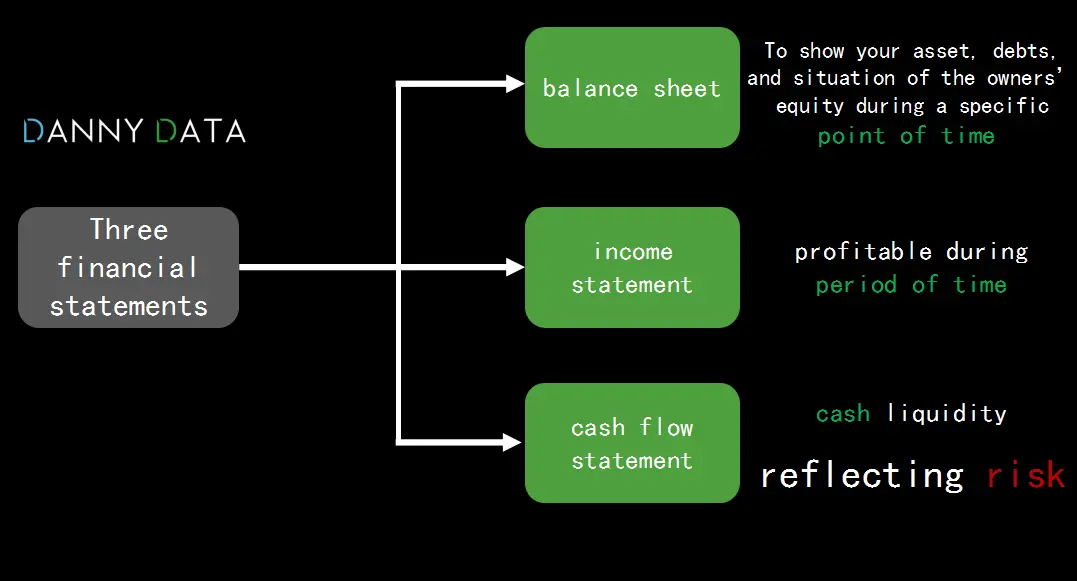How Can Someone Take Over My Car Loan: Navigating the Process
Guide or Summary:Understanding the Loan Takeover ProcessConditions for Loan TakeoverSteps Involved in Loan TakeoverImplications of Loan TakeoverIn today's f……
Guide or Summary:
- Understanding the Loan Takeover Process
- Conditions for Loan Takeover
- Steps Involved in Loan Takeover
- Implications of Loan Takeover
In today's fast-paced world, owning a car is often a necessity rather than a luxury. With the cost of vehicles rising and the importance of reliable transportation, securing a car loan is a common choice for many. However, what happens when you're unable to keep up with your loan payments? The prospect of someone taking over your car loan can be both daunting and intriguing. This article delves into the process of how someone can take over your car loan, providing insights into the considerations, steps involved, and potential outcomes.
Understanding the Loan Takeover Process
Before exploring the intricacies of loan takeover, it's crucial to understand what it entails. Essentially, a loan takeover occurs when one party (the lender) transfers the outstanding balance of a car loan to another party (the buyer or investor). This transfer can be initiated for various reasons, including the original borrower's inability to repay the loan, the lender's desire to sell the loan to another party, or the borrower's decision to sell the car and transfer the loan to the new owner.
Conditions for Loan Takeover
For a successful loan takeover, several conditions must be met. Firstly, the original borrower must be in default of their loan payments, and the lender must have the authority to transfer the loan to another party. Additionally, the new borrower (the buyer or investor) must meet the lender's credit criteria and be financially capable of taking over the loan payments.

Steps Involved in Loan Takeover
The process of loan takeover typically involves several steps:
1. **Assessment of the Loan**: The lender evaluates the borrower's creditworthiness and the potential value of the car.
2. **Negotiation and Agreement**: The lender and the new borrower negotiate the terms of the loan transfer, including the interest rate, repayment period, and any other relevant conditions.

3. **Transfer of Ownership**: Once the terms are agreed upon, the lender transfers the ownership of the loan to the new borrower. This transfer is usually documented in a formal agreement.
4. **Payment Transfer**: The new borrower takes over the repayment of the loan, making regular payments to the lender.
Implications of Loan Takeover
The implications of loan takeover can vary depending on the circumstances. For the original borrower, the transfer of the loan to a new party can alleviate the financial burden of making loan payments. However, it's important to note that the new borrower will be responsible for the loan, including any missed payments or accrued interest.

For the lender, loan takeover can provide an opportunity to recover outstanding loan balances and potentially profit from the sale of the loan. However, the lender must ensure that the new borrower meets their credit criteria and is capable of making regular payments.
In conclusion, the process of loan takeover involves a series of steps and considerations. It's essential for both the original borrower and the lender to understand the implications and conditions of loan takeover. By carefully navigating the process and ensuring that all parties meet their obligations, a successful loan takeover can provide a viable solution for those facing financial difficulties. Whether you're considering selling your car and transferring the loan, or you're interested in purchasing a vehicle with an existing loan, it's crucial to approach the process with caution and seek professional advice when necessary.